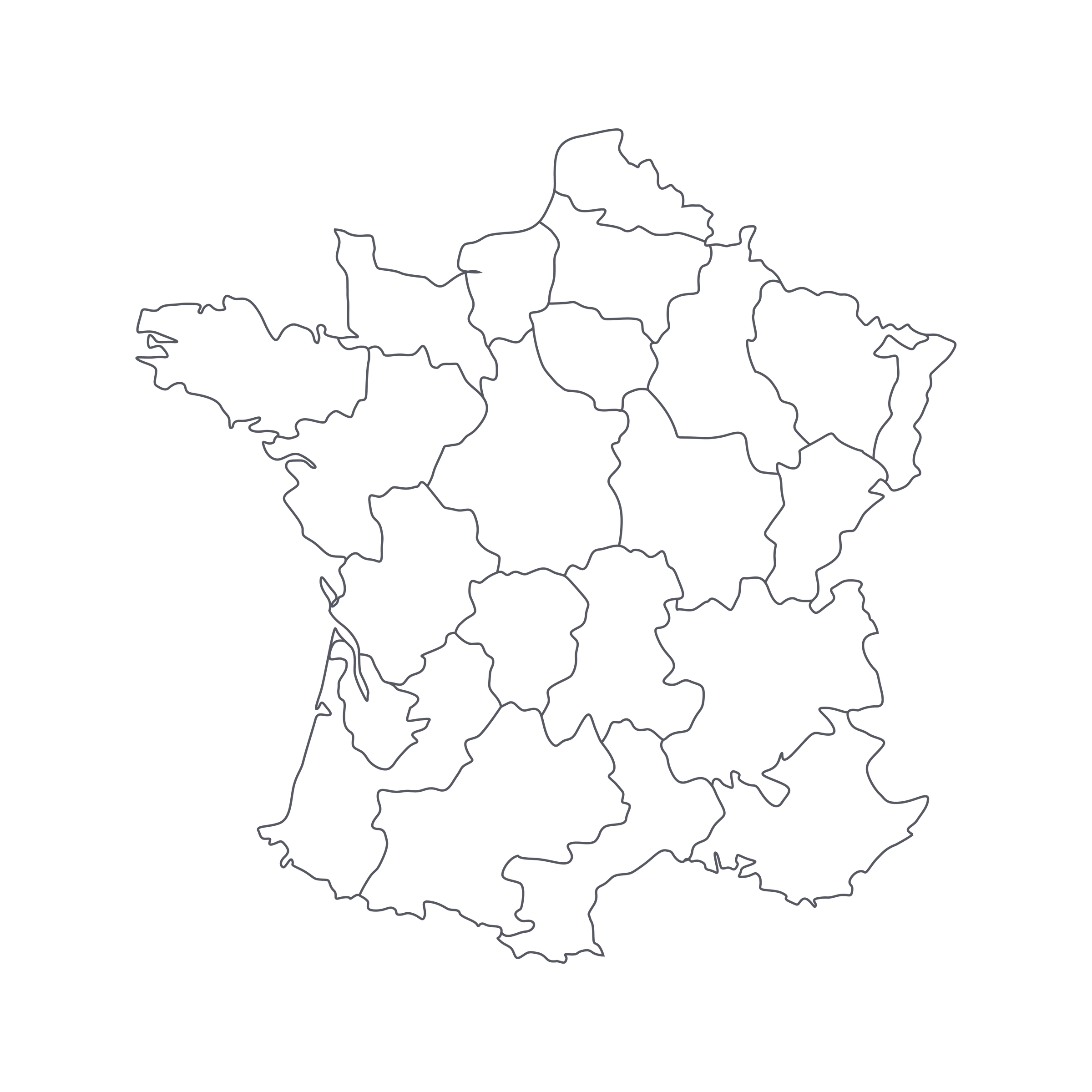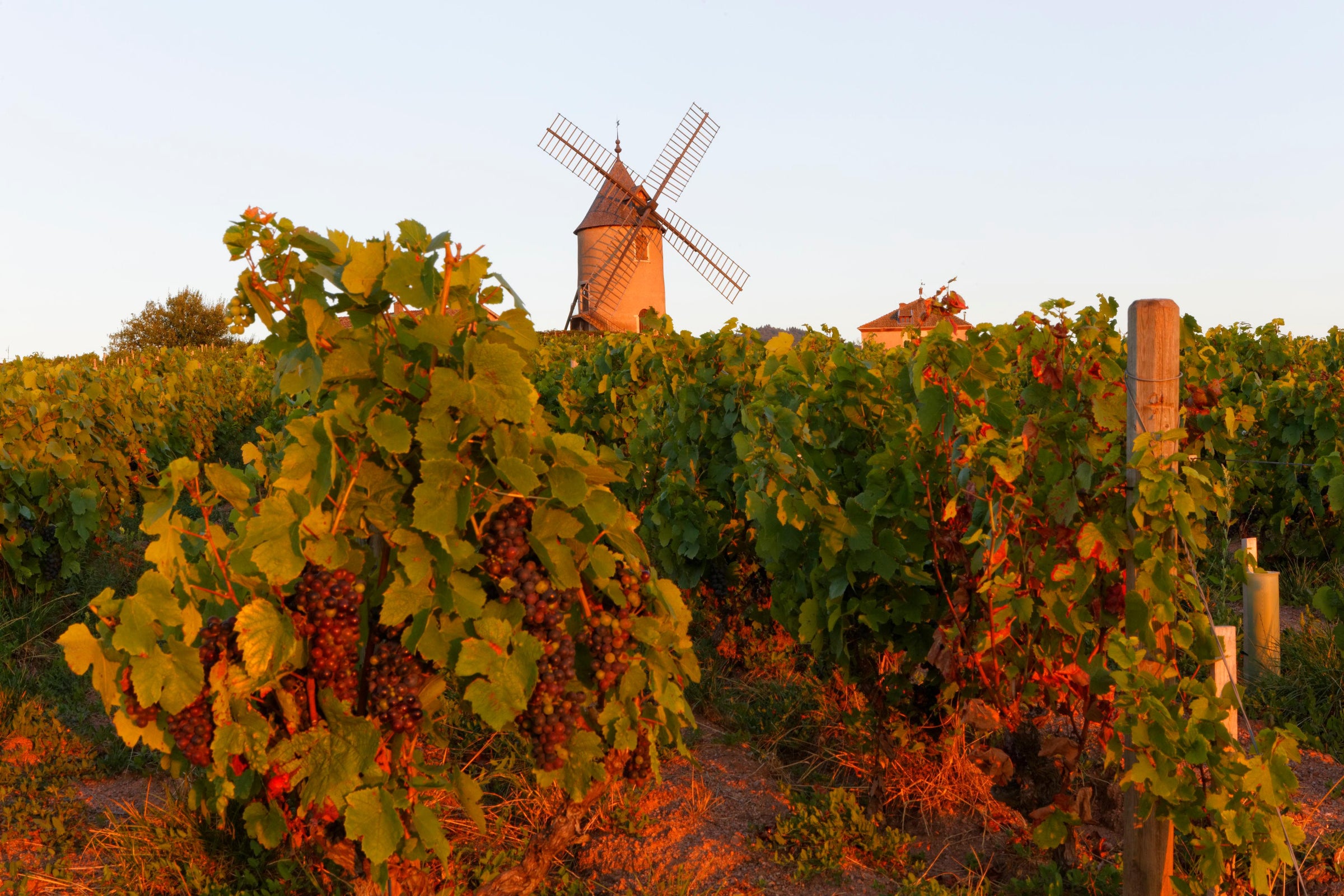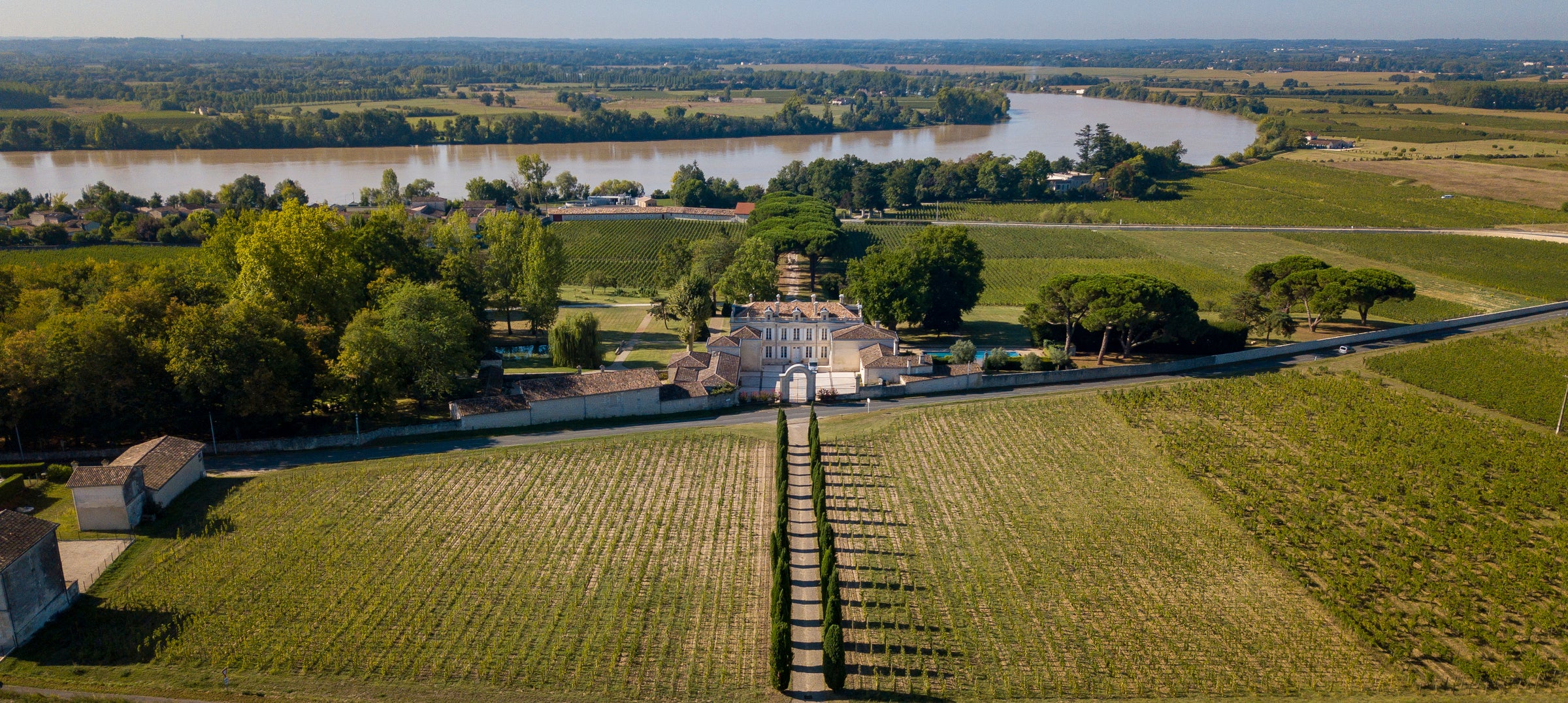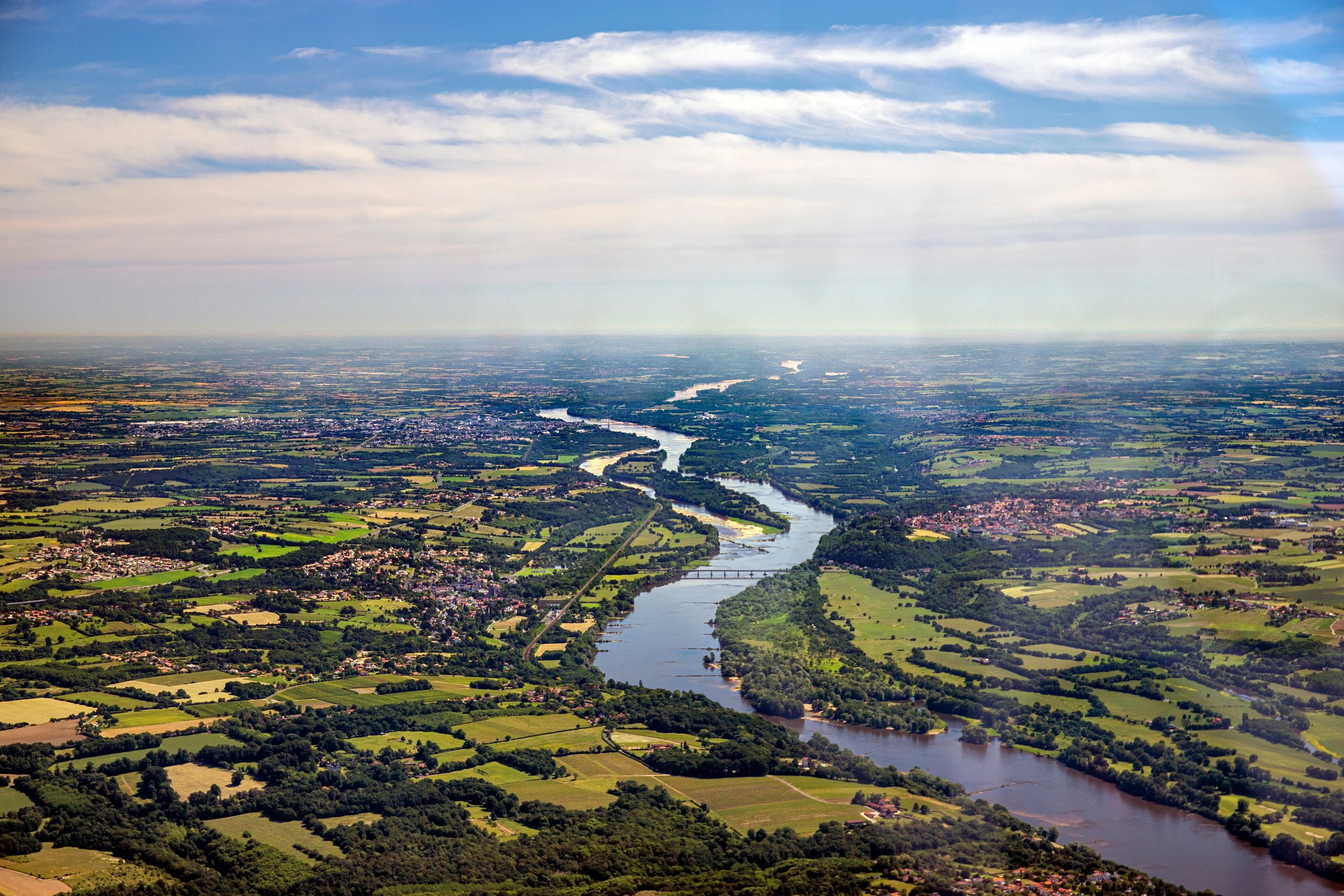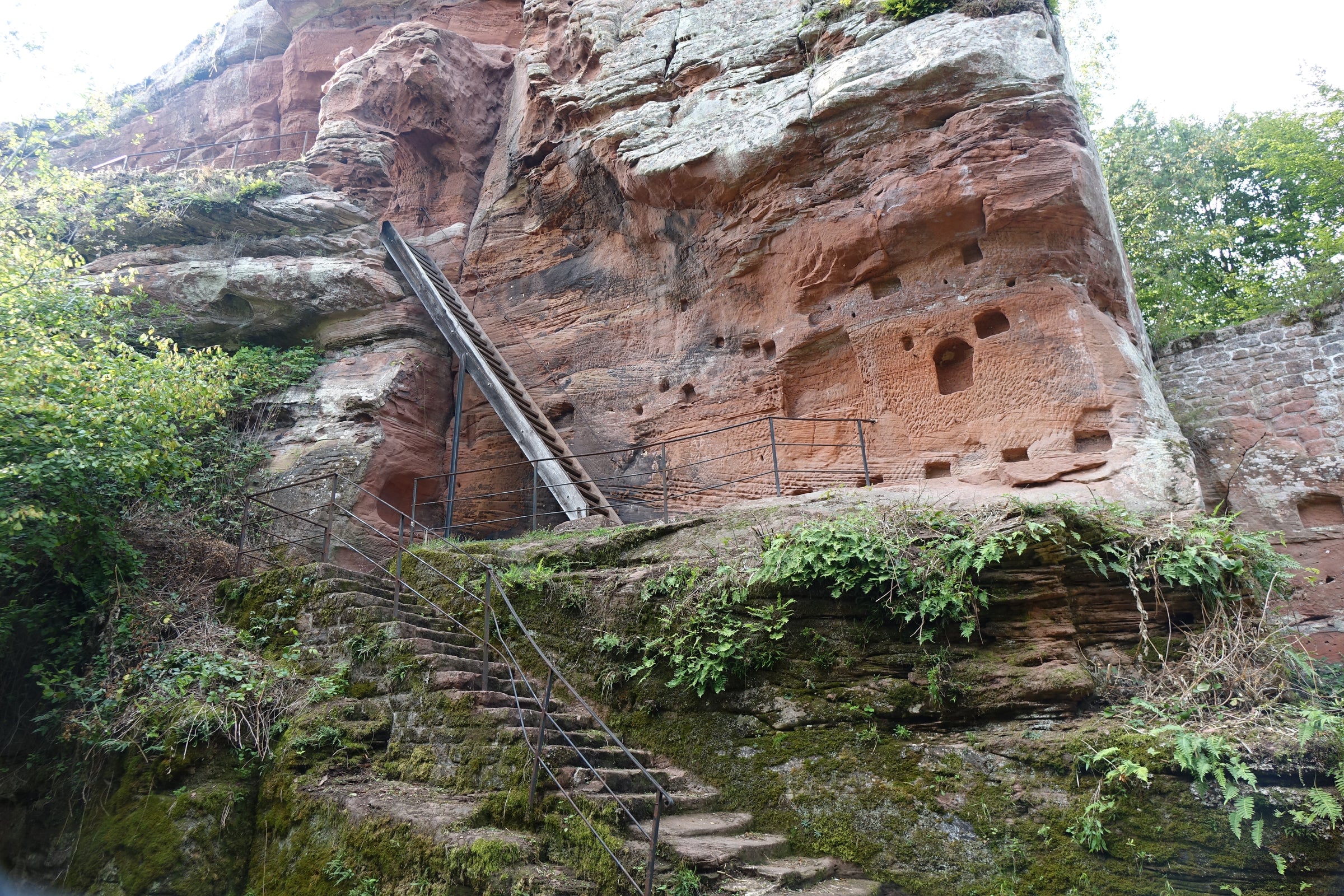If you ever leaf through old cookbooks or some of the classic texts on wine, you often run across descriptions of Burgundy that don’t necessarily jibe with your modern experience. You’ll see words like “rustic,” and “hearty,” and there’s no doubt that the Burgundies of even a generation ago (the region is warming) were mostly of a leaner, earthier sort. Because there is so much squeaky clean, perfumed, cherry/berry Pinot nectar out there these days, we forget that this wine was traditionally paired with rib-sticking ‘country’ fare like Beef Bourguignon.
The 2012 Bourgogne Rouge from Alain Jeanniard is a clean, perfumed “modern” wine with an old school sensibility. It’s not funky, but it wears its rusticity proudly; it’s a great example of the difference between ‘soil-driven’ (which it is) and ‘dirty’ (which it is not). You put your nose in the wine and classic Morey Saint Denis perfume comes across clearly (this is where a lot of the fruit is sourced from). This is a serious wine for the price and I’m confident you will agree.
Jeanniard’s property is an extremely tiny one, built up over the years to now cover just four hectares (about 10 acres) across a number of appellations. His home base is in Morey-St-Denis, where he started out in 1999 after leaving a business career behind. Visit his website and you’ll see he measures some of his vineyard holdings in ares (1 are equals just 100 square meters or .025 of an acre). Perhaps only in Burgundy is there such micro-mapping of vineyards—it’s not at all a stretch to think of Jeanniard touching every vine himself.
Although this is a relatively young domaine, Alain has developed a serious reputation as a vigneron. In the early 2000's he oversaw viticulture in the Grand Cru Mazis-Chambertin and Clos de la Roche vineyards for the Hospices de Beaune, in addition to running his own estate. (The Hospices de Beaune is the French-est of charities: it owns around 150 acres of donated vineyard parcels and produces wines on par with the greatest private domains, which are sold at auction). He uses no herbicides in his vineyards and strives to minimize his use of sulfur, both during the winemaking process and at bottling. One of the most noteworthy characteristics of his wines is that they are all fermented using whole grape clusters, lending them a firm grip and a touch of woodsy savor. Most of his own holdings are in the Côte de Nuits—Morey-St-Denis, Gevrey Chambertin, Chambolle-Musigny and Fixin—but he also has a small parcel in Pommard.
Jeanniard’s 2012 Bourgogne Rouge really elevates this catch-all appellation; it feels more profound than a simple Bourgogne wine (it’s always a good sign when a producer’s entry-level wine delivers the goods). In the glass, it’s a crimson-ruby with a touch of pink on the rim, and, despite all the earth talk up to this point, there’s no shortage of fruit: clean, clear notes of black and red cherry, raspberry, and cranberry are presented along with notes of damp forest, rose petal, turned earth, warm spices, and a touch of wood smoke. It is a very bright, lifted wine, the fruit ripe but not sappy, the ‘stemminess’ present but not green or bitter. Even with its few years of bottle age, it is still a bit buttoned-up, in need of a good half-hour in a decanter to soften its youthful edges. I would advise hiding 4 or 5 bottles in a dark corner of your cellar, as it should drink well for many years—peaking about 2020 or beyond if kept well. Serve it at around 65 degrees in large Burgundy stems to really unleash its perfumed aromatics, and get it next to something its acid can sink its teeth into: I like the sound of this
Sausage & Lentils recipe. It’s classic country food and a perfect match for this style of Pinot Noir.


